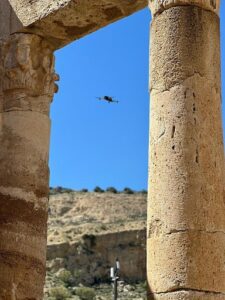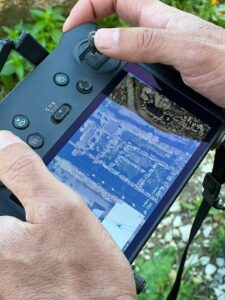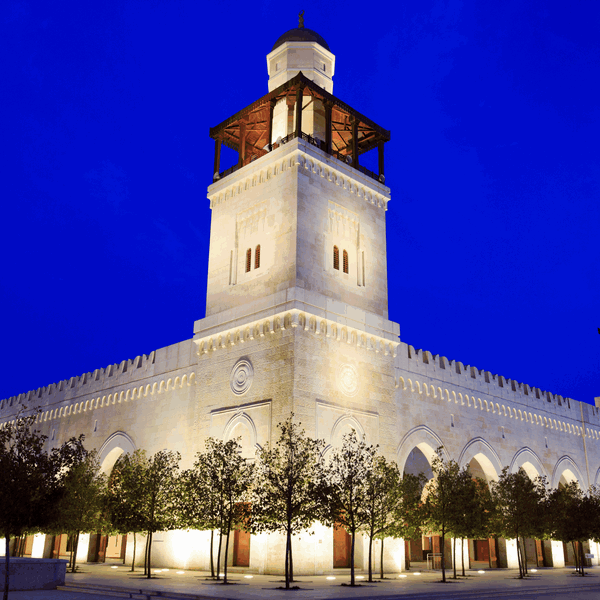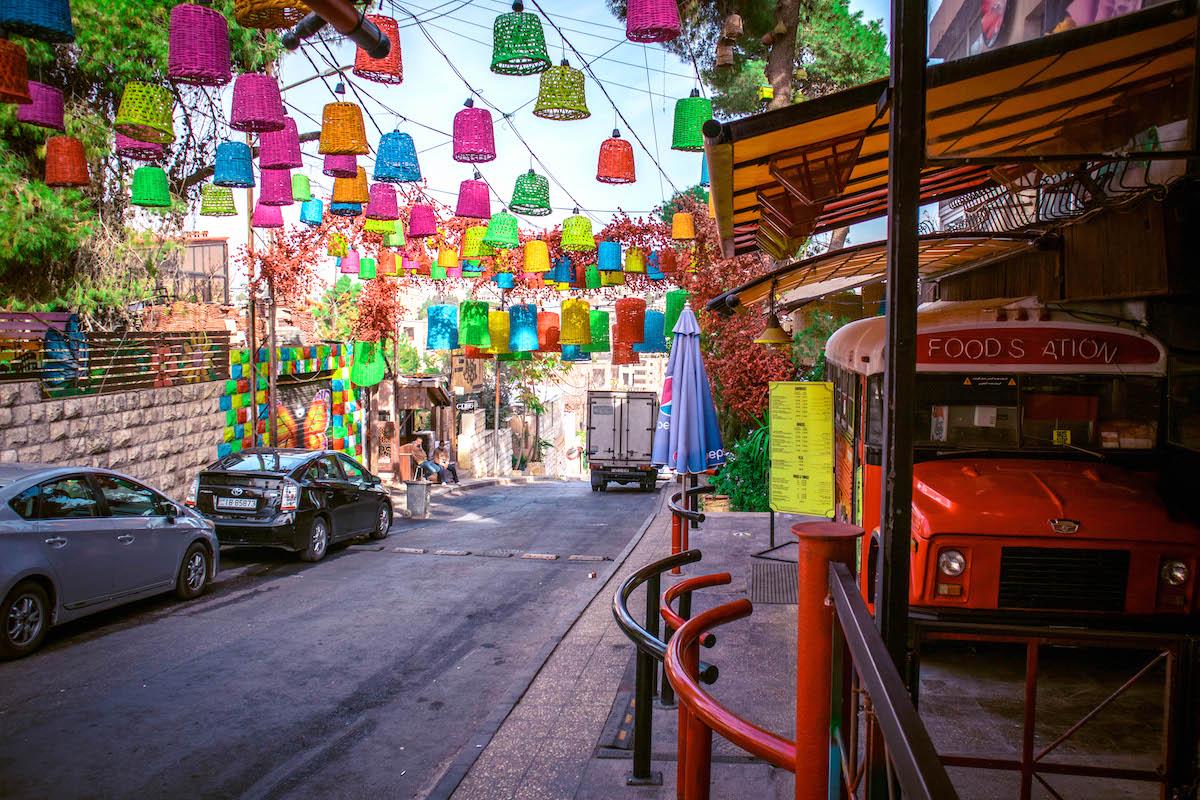Revolutionizing Jordan’s Landmarks: Virtual Reality Expands Horizons
In a groundbreaking endeavor, cutting-edge 2D and 3D imaging technology is reshaping Jordan’s iconic landmarks, allowing travelers to embark on virtual journeys through Petra and empowering researchers to rejuvenate ancient edifices.
While countries like France, South Korea, and Australia have already embarked on the path of digitization, Jordan is joining the global movement. Pioneering partnerships between governments and technology firms are redefining the way historical treasures are preserved and shared. With virtual reality paving the way, visitors can traverse the enchanting landscapes of Petra from the comfort of their own spaces, and scholars can dive into the depths of research to restore the splendor of bygone monuments.
This innovative initiative holds promise for the preservation of Jordan’s rich cultural heritage. Armed with thousands of archaeological gems, encompassing 37 castles and fortresses, the spotlight on virtual reality could prove pivotal in promoting lesser-explored treasures within the nation’s borders. As global collaborations between governments and tech giants grow, Jordan’s administration is actively seeking solutions to ensure the ownership and integrity of its historical sites, even as they transition into the digital realm.
As the world’s embrace of technology breathes new life into ancient marvels, Jordan’s foray into virtual reality offers a glimpse into the future of cultural preservation and exploration.
Bringing Landmarks to Life: Turning Reality into Virtual Exploration

The transformation of physical landmarks into captivating virtual reality experiences is gaining momentum through initiatives like iHERITAGE, a project backed by the European Union. Fueled by a mission to educate and engage the public, iHERITAGE focuses on converting significant sites in Jordan into immersive virtual realms.
At the forefront of this movement is Firas Khlaifat, the driving force behind Jordan Heritage, a non-profit entity that has cultivated a unique ecosystem embracing a virtual reality museum, dining establishments, and various ventures dedicated to preserving Jordan’s historical and cultural heritage.
Khlaifat emphasizes that the Virtual Reality Museum offered by Jordan Heritage isn’t intended to replace the personal experience of visiting physical sites. Instead, it serves as a dynamic supplement, enhancing the connection between people and their heritage.
The museum offers visitors an engaging encounter, wherein they step into booths equipped with sound effects and interactive carpets that change in density as they navigate the virtual terrain. While entertainment is a core objective, Khlaifat stresses that their ultimate goal extends beyond mere amusement. They seek to employ technology as a bridge connecting diverse generations and backgrounds, uniting heritage with the energy of youth and wisdom of the elderly.
Describing their endeavor as a fusion of art, sociology, and culture, Khlaifat underscores their openness to collaboration, recognizing the potential for enriching their mission by partnering with like-minded entities. Through these innovative efforts, the transformation of reality into virtual exploration is reshaping the way people engage with heritage, making history an immersive journey for all.
Revolutionizing Heritage: Technologies to Digitize Landmarks with Commercial Prospects
In the race to blend history with innovation, a new wave of technologies is emerging, aimed at digitizing iconic landmarks. With an eye on profitability, companies are setting their sights on monetizing historic sites through cutting-edge approaches.
Yousef Alhussiny, a seasoned VR developer at ASFAN, envisions these advancements as a gateway to illuminate lesser-known treasures within Jordan. Based in Amman, ASFAN is pioneering this endeavor by digitally capturing the essence of Jordan’s castles and intricate underground cave systems.
Alhussiny’s vision extends beyond mere digital replicas. He’s harnessing the potential of auditory chronicles from locals, coupled with 3D models and digital reconstructions, to craft a truly immersive experience. These innovations signify a new era, one where the past comes alive through multi-sensory encounters.
His efforts also encompass bringing these 3D models to online platforms, potentially revolutionizing how augmented reality is shared and experienced. A portal connected to ASFAN’s website allows users to select locations and embark on virtual explorations, granting them a unique lens into historical contexts.
For Alhussiny, augmented reality represents the “next step” in technological evolution. He points out the stagnant growth in traditional computer and monitor development, underscoring how VR can break these confines and provide a broader field of view, unlocking fresh realms of possibility.
As technology intertwines with heritage, a new narrative unfolds, offering not only the chance to revisit the past but to reshape how we interact with it in the present.
Mapping Petra: A Digital Frontier for Conservation
In a collaborative effort, researchers are forging a digital path to safeguard the ancient wonder of Petra. Led by Talal Akasheh, a chemist and the iHERITAGE Project Coordinator, a consortium including The Hashemite University and Brown University has embarked on a remarkable journey to create a comprehensive digital map of Petra.
Their mission is no small feat – to document each dam, facade, and geographic feature that composes the mesmerizing city. With unwavering determination, Akasheh and his team have woven together Geographic Information System (GIS) technology, crafting a digital tapestry that fuses satellite imagery with intricate blueprints of Petra’s revered stone monuments.
On his laptop screen, Akasheh unveils the GIS marvel. By zooming out, he unveils Petra’s iconic structures overlaying the satellite canvas. Zooming in, he reveals the meticulously detailed blueprints of excavated monuments. Through this technological marvel, they are constructing a blueprint for preservation and protection, directing their focus towards safeguarding Petra’s rich legacy.
The GIS system empowers the researchers to wield their conservation efforts with precision. By identifying zones most prone to decay or collapse, they can prioritize interventions. Moreover, this advanced system extends a panoramic lens, offering insights into the intricate interplay between physical, biological, and chemical forces that shape and affect the monuments.
As Petra’s legacy stands on the brink of a digital renaissance, this pioneering collaboration marries technology with heritage, paving a transformative path for conservation.
Navigating the Virtual Realm: Balancing Excitement with Intellectual Property Concerns
The boundless potential of virtual and augmented reality to showcase Jordan’s heritage evokes anticipation, yet it also ushers in concerns over intellectual property rights for the newly digitized landmarks.
Raja Gargour, Executive Commissioner of the Royal Film Commission, voices the need for updated intellectual property laws to safeguard Jordan’s treasures in this digital landscape. He emphasizes that entering the “Metaverse” could potentially jeopardize ownership and economic prospects. Presently, the Royal Film Commission holds the authority to grant permissions for filming at sites like Petra, dictating the scope of footage usage.
While virtual reality productions fall beyond the Commission’s purview, many VR creators consulted with governmental figures prior to capturing content. However, Gargour cautions against premature judgments on the impact of virtual and augmented reality, likening the current scenario to the early days of internet development.
Gargour’s efforts to establish a national strategy for virtual and augmented reality in collaboration with the Prime Minister and officials underscore a commitment to harness these technologies for national gain while retaining governmental control over landmark footage.
Basel Khoury from tech firm Metaseum highlights his dialogue with Jordan’s Ministry of Tourism regarding digitizing Petra, although it didn’t culminate in partnership. Metaseum’s CEO Martijn van Schaik envisions a future where global adoption prompts other nations to join the digitization movement.
Mohannad Al-Bakri, Managing Director of the Royal Film Commission, remains optimistic about Jordan’s cinematic and virtual reality prospects. He recognizes the nascent stage of the virtual reality industry but underscores its significance if utilized effectively.
As experts concur, embracing virtual reality can amplify Jordan’s global visibility, attracting prospective tourists. The trajectory of the burgeoning virtual reality realm is poised to favor those countries that adeptly embrace its transformative potential.







